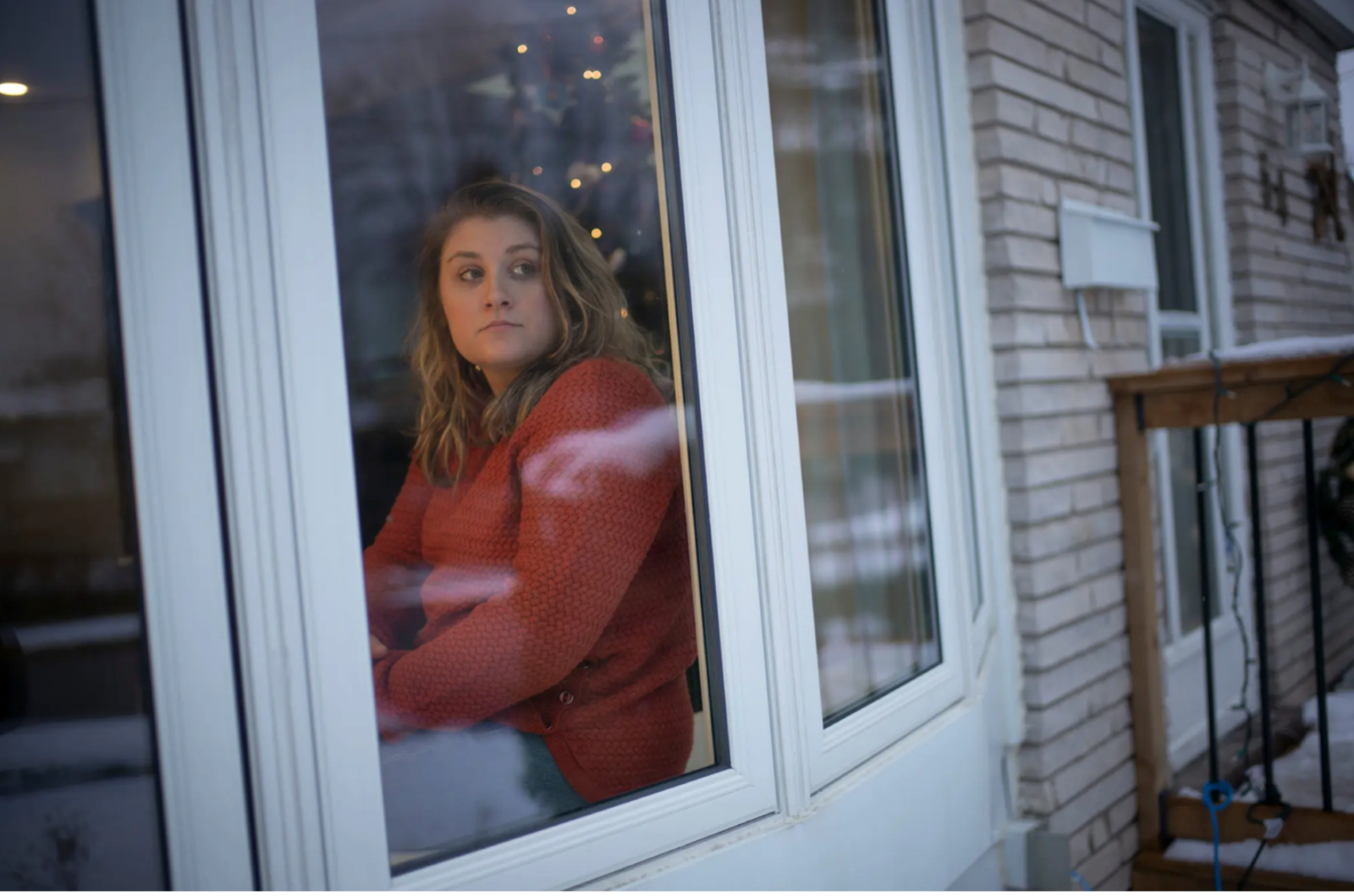In this first-person, non-fiction essay, Canadian journalist Brianna Bell recounts living with agoraphobia in her home in Guelph, Ontario, in her article, “Parenting with Agoraphobia Is Hard. It’s Harder in a Pandemic.” She writes: “All I wanted was to be alone in my house — where I could relax, unwind and ground myself — but suddenly, my home had become stifling.”
Agoraphobia is an anxiety disorder that triggers intense fear of the possibility of being trapped in places like crowded spaces, long queues, or public transportation. Bell discusses how the pandemic, with its prolonged periods of social distancing, intensified anxiety. Before the pandemic, rigid routines had been an important coping mechanism for Bell, but the pandemic’s chaos disrupted these routines, making the world seem threatening and her home life suffocating.
Determined to find lasting ways to ground herself, she sought therapy, practiced mindfulness meditation, and committed to confronting her discomfort. Bell’s story is one of resilience and hope as she shares, “I pick my kids up from school and cling to their smiling faces instead of my racing heart” (Bell). Her struggle underscores the pandemic’s potential to intensify pre-existing mental illness but also highlights the power of deliberate measures and life writing in fostering positive change.

Image Captions:
Picture of Brianna Bell. In Brianna Bell, “Parenting with Agoraphobia Is Hard. It’s Harder in a Pandemic,” The New York Times, 15 December 2020.Citation: Bell, Brianna. “Parenting with Agoraphobia Is Hard. It’s Harder in a Pandemic.” The New York Times, 15 December 2020, nyti.ms/43cFWQl. NON-FICTION, ONLINE ARTICLE | CANADA. sm/jb/ig
Source Type: Life Writing
Country: Canada
Date: 01-Mar-2020
Keywords: Agoraphobia During the Pandemic, Coping Mechanisms, Life Writing, Managing Anxiety, and Resilience